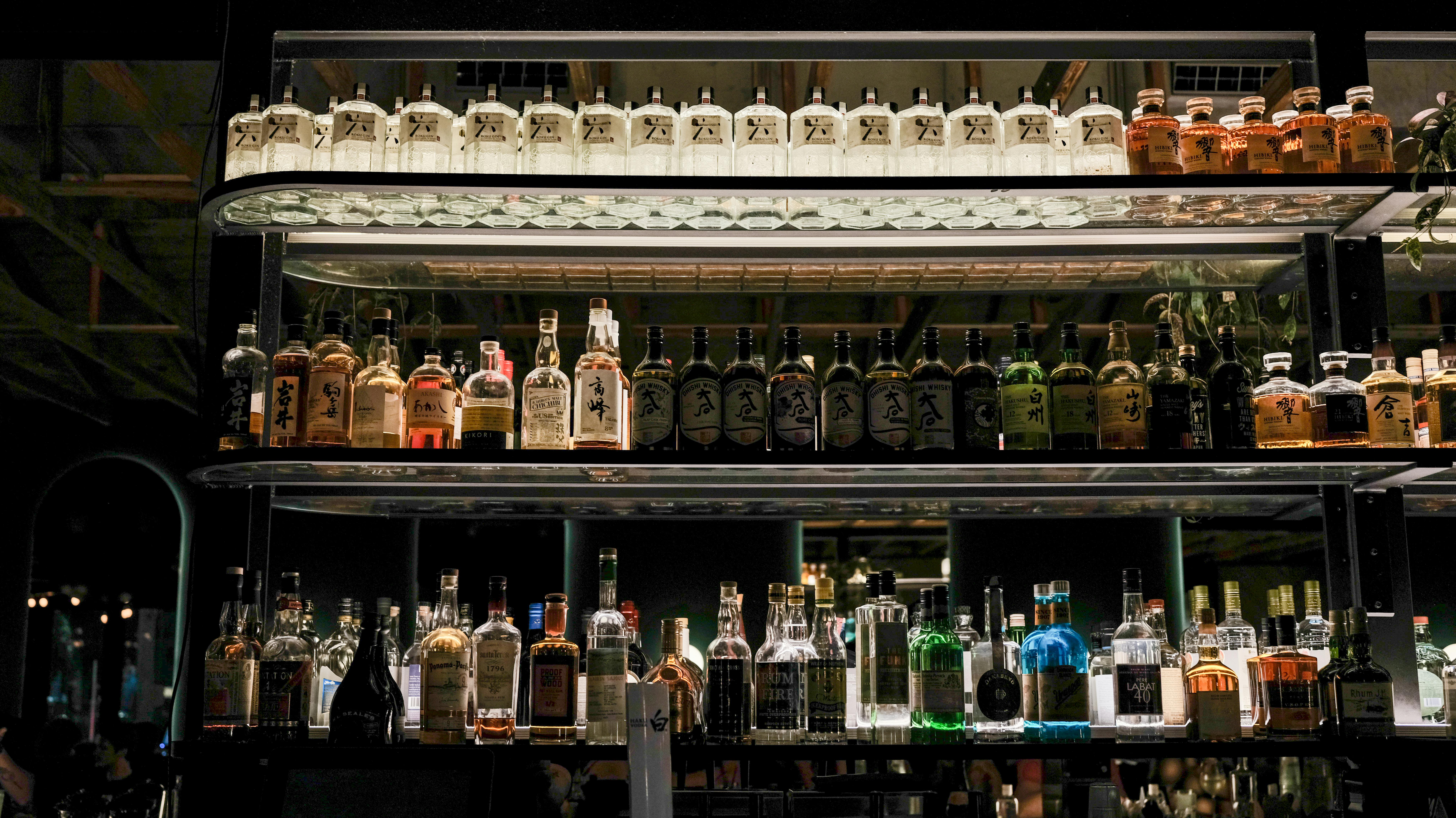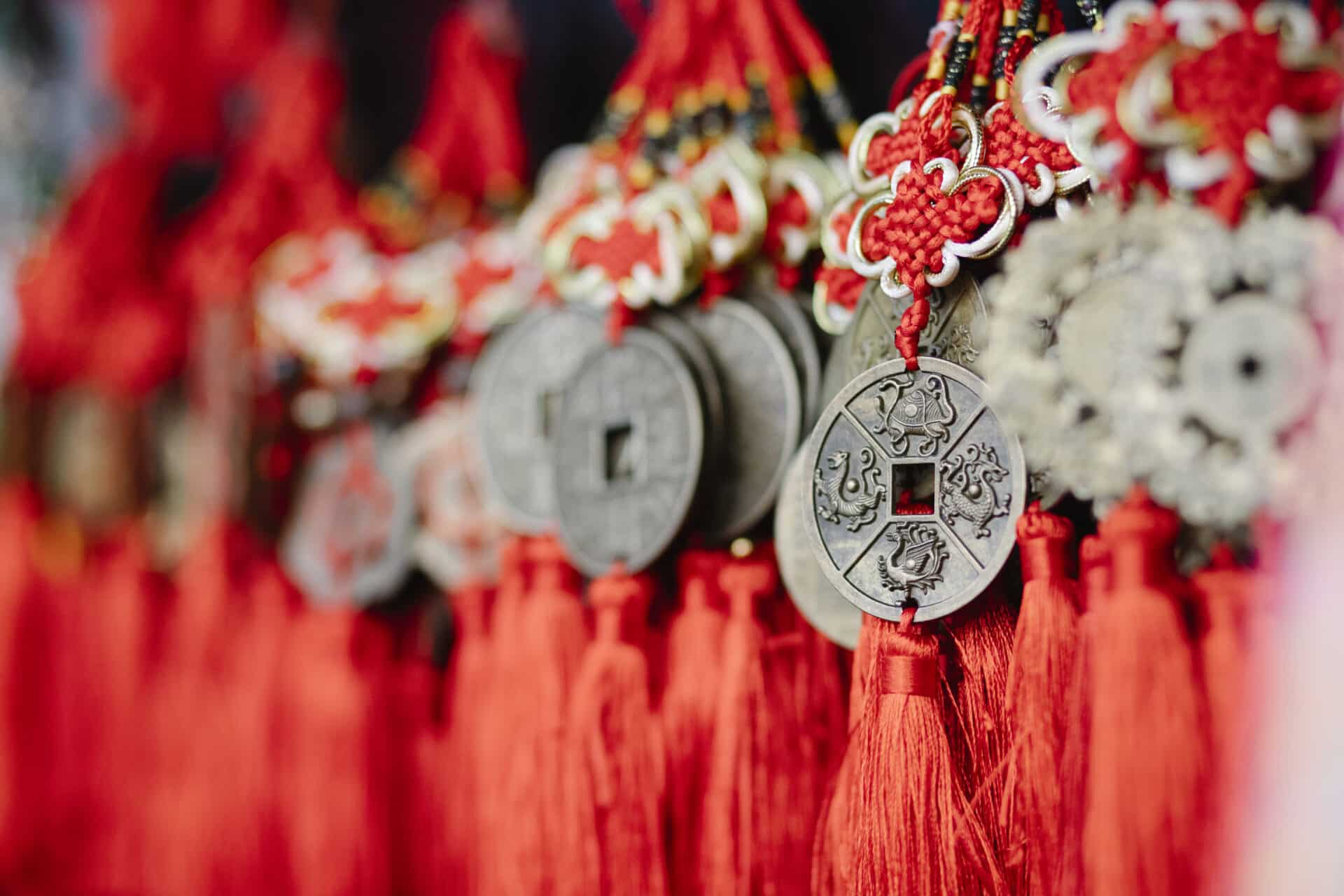Distilled spirits, also known as liquor, are alcoholic beverages made from fermented grains, fruits, or vegetables. The origin of distilled spirits can be traced back to the ancient civilizations of Mesopotamia and Egypt around 3000 BC. Distillation was used to produce perfumes at first but eventually spread to alchemy and medicine. By the time of the Middle Ages, distillation was used to produce a wide range of alcoholic beverages such as brandy, whiskey, gin, and vodka. The popularity of these spirits increased dramatically in the 19th century when new technologies made it easier to produce high-quality distilled spirits. Today, distilled spirits are consumed around the world in a variety of forms and flavors.Distilled spirits, also known as liquor, hard alcohol, or spirits, are alcoholic beverages that are produced by distilling fermented grain, fruit, or vegetables. They are typically higher in alcohol content than other alcoholic beverages such as beer and wine. Common examples of distilled spirits include vodka, whiskey, gin, rum, tequila, and brandy.
How Are Distilled Spirits Made?
Distilled spirits are alcoholic beverages that have been produced by a process called distillation. This process involves heating a fermented base material, such as wine or beer, to evaporate the ethanol and other volatile compounds. The resulting vapor is then condensed and collected in a separate container. The end product is a clear liquid with a higher alcohol content than the original base material.
The first step in making distilled spirits is to create the fermented base material. This can be done by fermenting grains, such as barley, wheat, rye, or corn; fruits, such as grapes or apples; or even potatoes. The fermentation process converts the sugars in the base material into ethanol and carbon dioxide gas.
Once a suitable fermented base material has been created, it must be heated to evaporate the ethanol and other volatile compounds from it. This is typically done in a still which is made up of two vessels: one for boiling and one for condensing the vapors. The vapors are then condensed into liquid form and collected in another vessel before being further processed or bottled for consumption.
Once the distilled spirit has been produced, it may be further aged in oak barrels to improve its flavor and aroma profile before bottling. In addition, some distilled spirits may be flavored with herbs or spices such as cinnamon or nutmeg to give them additional complexity and character.
Distilled spirits are an important part of many cultures around the world and have been enjoyed for centuries by people of all walks of life. From whisky to rum to vodka and beyond, each type of spirit offers its own unique flavor profile that can be used to create delicious cocktails or enjoyed neat or on the rocks.
Different Types of Distilled Spirits
Distilled spirits are a type of alcoholic beverage that has been produced through the distillation process. This process involves heating fermented grains or fruits to separate the alcohol from the other components. The alcohol is then collected and stored in a bottle or barrel. There are many different types of distilled spirits, each with its own distinct flavor and characteristics.
The most widely known type of distilled spirit is whiskey, which is made from fermented grains such as barley, corn, rye, wheat, or oats. Whiskey can be aged for years in barrels to create a unique flavor profile. It is also used in cocktails such as the Old Fashioned and Manhattan.
Gin is another popular type of distilled spirit that is made from juniper berries and other botanicals. It has a unique taste that can be enjoyed on its own or mixed into cocktails such as the Martini and Gimlet. Gin can also be infused with additional flavors like citrus to create flavored gins.
Vodka is another popular type of distilled spirit that is made from potatoes, grain, or fruit. It has a neutral flavor which makes it ideal for mixing into cocktails like the Cosmopolitan and Moscow Mule. Flavored vodkas have become increasingly popular in recent years, with flavors ranging from vanilla to mango to raspberry.
Rum is a type of distilled spirit made from sugar cane molasses or sugar cane juice that has been fermented and then aged in oak barrels for an extended period of time. Rum can be enjoyed on its own or used as an ingredient in a variety of cocktails such as the Mai Tai and Pina Colada. Dark rums have a more intense flavor than light rums due to their longer aging process.
Brandy is another type of distilled spirit made by distilling wine or other fermented fruit juices. It typically has an intense flavor with notes of oak and vanilla due to its aging process in oak barrels. Brandy can be enjoyed on its own or used as an ingredient in classic cocktails like the Sidecar and Brandy Alexander.
Finally, tequila is a type of distilled spirit made from blue agave plants grown mainly in Mexico. It typically has herbal notes with hints of citrus and pepper due to its distillation process involving yeast fermentation followed by double-distillation through copper pots for added clarity and smoothness on the palate . Tequila can be enjoyed neat or used as an ingredient in classic cocktails like Margaritas and Palomas .
Distillation Process of Distilled Spirits
The distillation process of distilled spirits involves a number of steps to create the final product. The process begins by fermenting a base material, such as grain or fruit. The fermentation process creates alcohol, which is then heated to separate it from the other components of the solution. This is done through a still, which collects and condenses the alcohol vapor into liquid form. The liquid is then cooled and filtered to remove any impurities, leaving behind a clear and clean distillate.
The distillate can then be aged in oak barrels and blended with other ingredients to create different styles of spirits. For example, whiskey can be aged in oak barrels to add flavor and complexity while gin can be infused with botanicals such as juniper berries or coriander to add flavor and aroma. After aging or blending, the distilled spirit is filtered one more time before being bottled and distributed for sale.
The distillation process of distilled spirits is an important part of creating high-quality products that are safe for consumption. To ensure quality, distilleries must adhere to strict regulations regarding their ingredients, processes, and finished products. By following these regulations, distilleries can ensure that their products meet regulatory requirements while also providing consumers with quality spirits that are consistent in taste and aroma.
Raw Materials Used in Making of Distilled Spirits
Distilled spirits are made from a variety of raw materials, including grains, fruits, vegetables, and even sugar. Grains like wheat, rye, corn, and barley are the most commonly used raw materials for making distilled spirits. They are typically fermented before being distilled to create the spirit. Fruits and vegetables are also sometimes used as raw materials for making spirits. Fruits like grapes, apples, peaches, and oranges can be fermented to create brandy or liqueurs. Vegetables like potatoes and beets can be used to make vodka or gin. Lastly, sugar can also be used as a raw material to make rum or cachaça. The type of spirit produced depends on the type of raw material used and how it is processed.
The fermentation process is one of the most important steps in making a spirit. It involves converting carbohydrates into alcohol by adding yeast to a mixture containing the desired raw material. The fermentation process usually takes several days to complete and produces carbon dioxide as a by-product. After fermentation is complete the mash is then distilled which removes impurities and concentrates the alcohol content of the liquid. Depending on the desired result different distillation techniques may be employed such as pot still distillation or column still distillation.
Once distilled the spirit can then undergo additional processes such as aging or flavoring before being bottled and sold to consumers. Aged spirits such as whiskey must spend several years in oak barrels before they are ready for consumption whereas flavored spirits such as gin may only require a few weeks of aging with added botanicals like juniper berries before they are ready to drink. No matter what type of spirit is being made all distilled beverages begin with some type of raw material that is fermented before being distilled into its final form for consumption.

History of Production and Consumption of Distilled Spirits
The history of distilled spirits dates back to ancient times, when alcohol was first produced for use in ceremonies, medicine, and as a recreational beverage. The earliest form of distillation involved heating a fermented beverage over a flame and collecting the vapors produced. This process was later refined by the Arabs, who developed an efficient apparatus for distilling. By the 12th century, distilled spirits were being produced throughout Europe.
Distilled spirits have been an important part of human culture since ancient times. In some societies, they were used in religious ceremonies, while in others they were consumed as an everyday beverage or as medicine. In the late 16th century and early 17th centuries, distilled spirits became popular among aristocrats and other elites in Europe. This popularity led to increased production and consumption throughout the continent.
The Industrial Revolution saw a dramatic increase in the production and consumption of distilled spirits around the world. New technologies allowed for more efficient production processes which allowed for large-scale production of distilled spirits such as whiskey, gin, vodka, rum, tequila, brandy and other liqueurs. With this increased availability came increased consumption among all classes of society from royalty to commoners alike.
Today distilled spirits are among the most popular alcoholic beverages in the world with an estimated $200 billion global market value annually; making it one of the most profitable industries worldwide. While still popular among aristocrats and elites, these drinks are now commonly enjoyed by people from all walks of life who appreciate their unique tastes and aromas.
From its humble beginnings as a medicinal tonic or ceremonial libation to its present day role as a popular recreational beverage enjoyed by millions around the world; distilled spirits have come a long way over their long history!
The Cultural Significance of Distilled Spirits Throughout History
Distilled spirits have been an important part of many cultures throughout history. From ancient times to the present day, distilled spirits have been used for religious ceremonies, medicinal purposes, and as a symbol of hospitality. In addition to being an important part of many cultures, distilled spirits have also played a key role in international trade and commerce.
In Ancient Egypt, distilled spirits were used as offerings to the gods and as medicine for the sick. In Ancient Greece and Rome, distilled spirits were consumed as a sign of hospitality and social status. In Medieval Europe, distilled spirits were used to mark special occasions such as weddings or coronations. During the Renaissance period, distilled spirits were consumed in moderation as a sign of sophistication and wealth.
In many cultures around the world today, distilled spirits are still seen as a symbol of hospitality and social status. They are also often regarded as an essential ingredient in a variety of dishes and drinks. For example, whiskey is used in many traditional Irish dishes such as Irish stew or colcannon. Tequila is a popular choice for margaritas or other Mexican cocktails. Rum is often used in Caribbean dishes such as jerk chicken or rice and beans.
Distilled spirits are also widely enjoyed around the world for their taste and health benefits. They have been shown to reduce stress levels and improve sleep quality when consumed in moderation. Moreover, some studies suggest that moderate consumption of certain types of alcohol can help reduce the risk of certain diseases such heart disease and stroke.
Throughout history, distilled spirits have been an integral part of many cultures’ history, customs, cuisine, and social gatherings. From ancient times to modern day, they continue to be enjoyed around the world for their flavor profile, health benefits, religious symbolism and cultural significance.
Health Benefits of Consuming Distilled Spirits
Consuming distilled spirits in moderation may bring certain health benefits. Studies have shown that moderate consumption of distilled spirits could reduce the risk of cardiovascular disease and stroke, potentially due to the presence of antioxidants. Moderate consumption has also been linked to better cognitive performance and a reduced risk of type 2 diabetes. Additionally, moderate alcohol consumption has been linked to improved bone density, which may help reduce the risk of osteoporosis.
Risks Associated with Consuming Distilled Spirits
However, consuming too much alcohol can be detrimental to one’s health. Heavy drinking can cause liver damage, high blood pressure, and increase the risk of cancer and heart disease. It can also lead to an increased risk of accidents or injuries due to impaired judgment and coordination. Additionally, consuming too much alcohol can lead to addiction or dependency issues which can impact physical and mental health. It is important to consume distilled spirits in moderation in order to avoid any potential risks associated with overconsumption.

Conclusion
Distilled spirits have been around for centuries and continue to be enjoyed today. The exact origin of distilled spirits is unknown, though it is likely that the first attempts at distillation were made in the Middle East by alchemists in the 8th century. It is also believed that the development of modern distillation techniques originated in Europe during the Middle Ages. Today, distilled spirits are produced all over the world, from whisky and brandy in Scotland and Ireland to tequila and mezcal in Mexico. Although its exact origin may remain a mystery, distilled spirits continue to play an important role in our culture and society as an integral part of many social occasions.
No matter where it comes from or how it’s made, distilled spirits have become a popular spirit enjoyed around the world.

